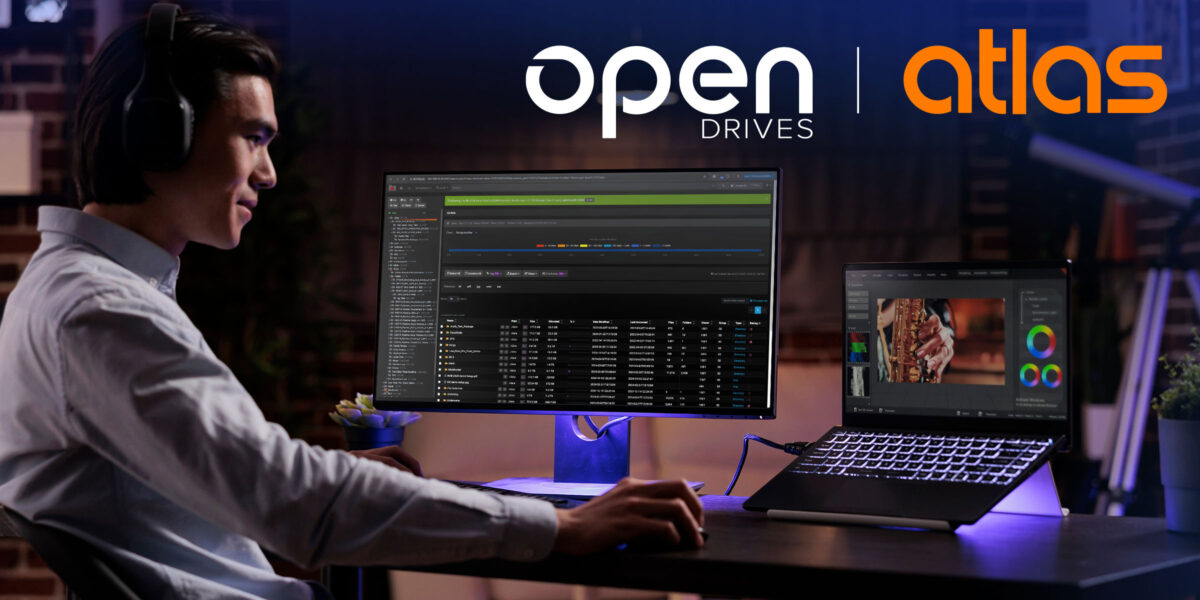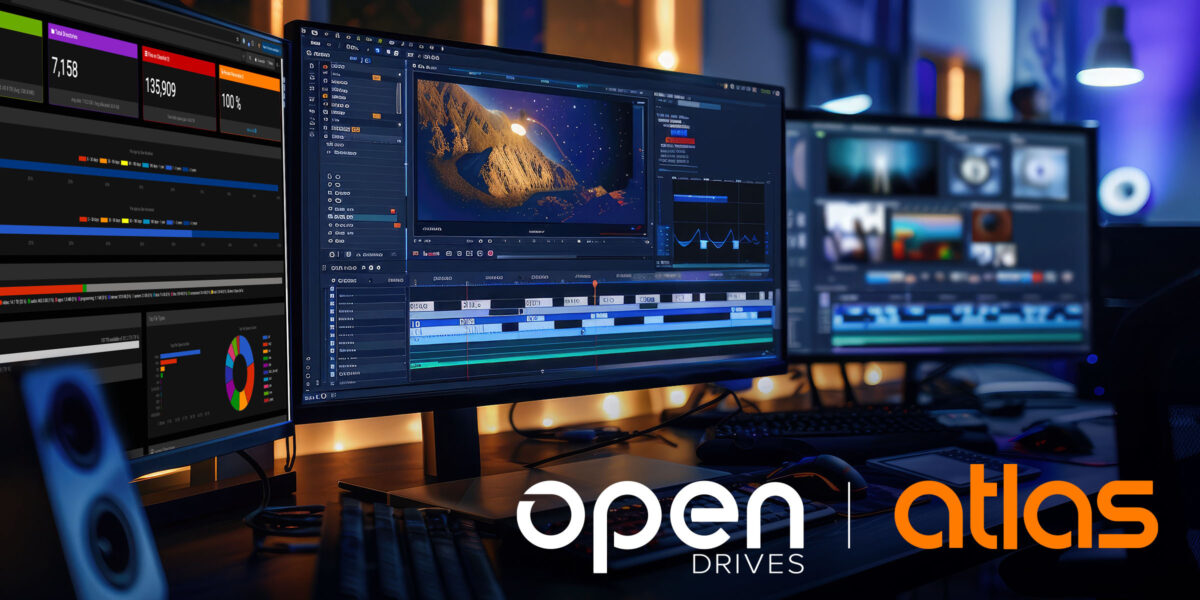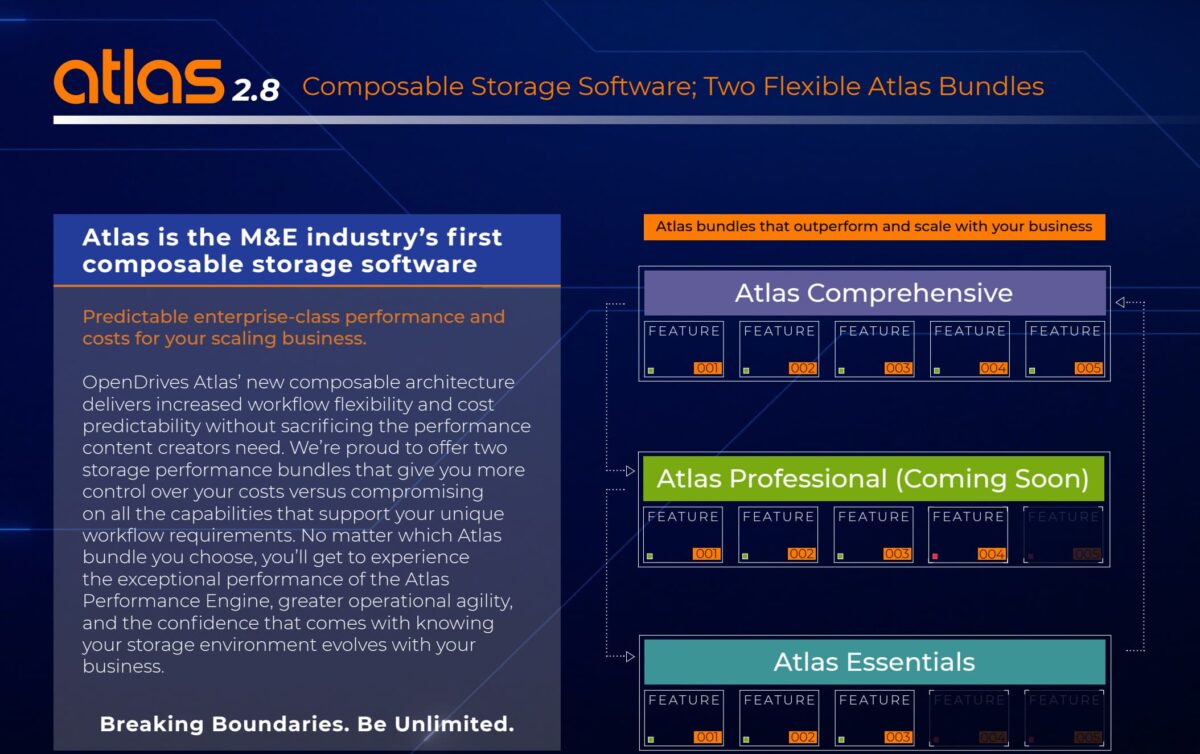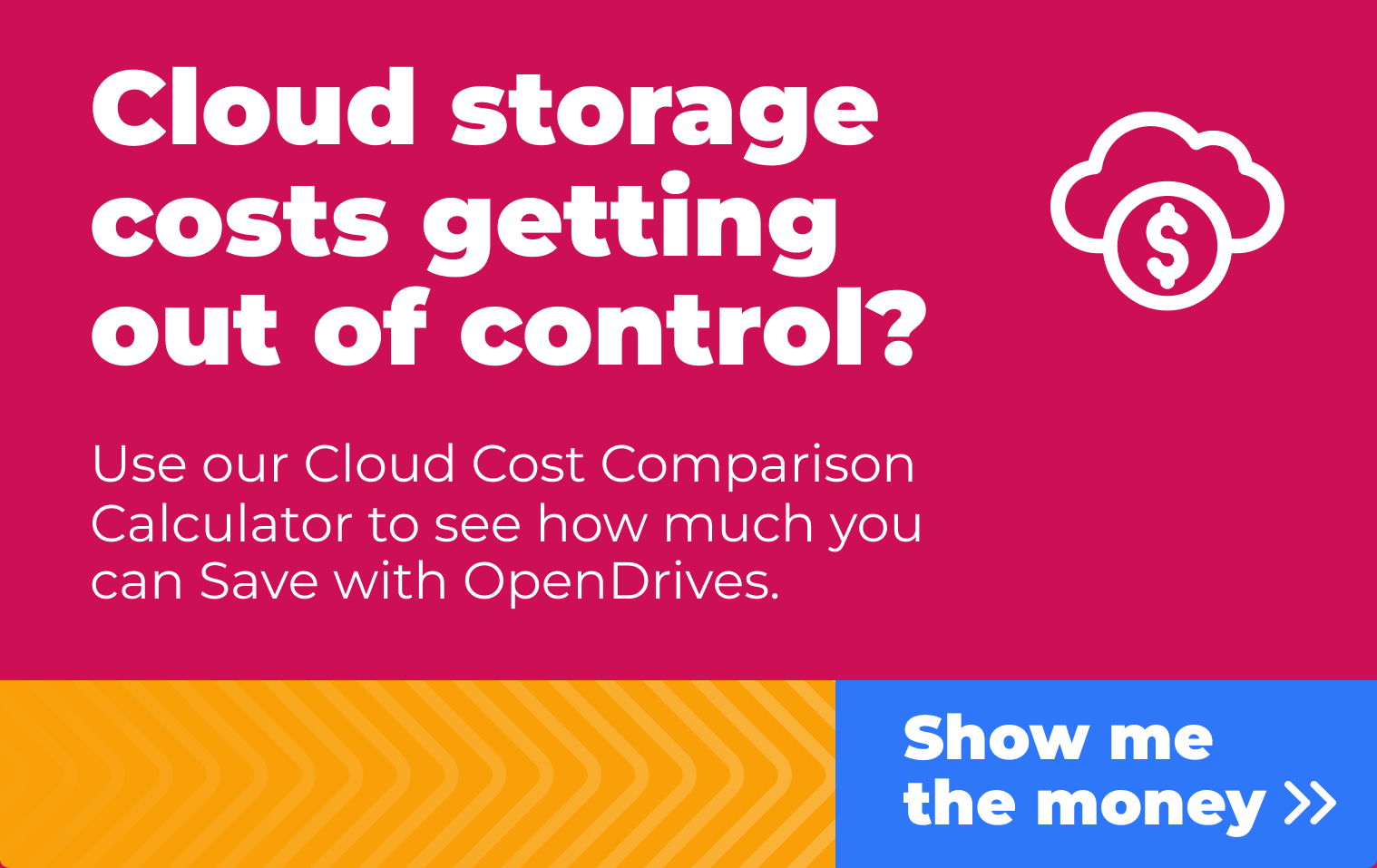
How creatives get the most out of the tools they use daily
I spent a number of years at gaming giant Activision Blizzard creating and managing a post-production team dedicated to esports broadcast content.
When I began that endeavor in the early days of esports, we thought that we would roughly mirror conventional sports broadcasting techniques and formats exemplified by ESPN and Sports Center. What we quickly learned, though, was that the breakneck pace of technology change supporting the esports industry and the frenetic speed and chaos of esports competition meant that we had to change things up quite a bit from those assumptions. The size and volume of digital content generated during esports events and competitions are just too great.
You can imagine that the technology requirements at the infrastructure layer, like storage and networking, are incredibly steep. The reality of accelerated frame rates (at least 60 fps), high video resolutions, and many simultaneous feeds forced my team to rethink the legacy technologies we used for our content creation. Even worse, some legacy technologies we depended on were monolithic in that they were single-vendor offers that really didn’t interoperate well with most other products. If they did, it was with select technology partners who were part of the same narrow monolithic ecosystem. You might be personally familiar with the constraints that these types of solutions impose on a fast-moving post-production team.
Technology vendors often follow this same trajectory as they grow, architecting products to work best only with their other offers. Sure, it feels a bit comforting to rely on a well-known technology player for most or all of your infrastructure needs. However, this is an illusion, one I compare to a beautiful garden that’s enclosed by an insurmountable wall. If you’ve implemented a monolithic solution, you’re locked into that walled garden, and getting out of it to a broader pasture of openness among “coopetive” vendors becomes cost-prohibitive.
Over time, my team at Activision Blizzard really began feeling the pain of solutions like these. Our enterprise storage just couldn’t get the job done adequately; it simply couldn’t run our intensive workflows. Suddenly, the supporting storage infrastructure—and its glaring deficiencies due to monolithic attributes—became very apparent to my team, simply because they had to spend significant time contending with those faults via workarounds.
That’s when I knew I had hit the wall of that seemingly panacean garden. My team was wasting so many critical cycles struggling with these problems that they weren’t, well, creating! And that’s the real danger of monolithic solutions that lock you into the walled garden of interoperable technology: your core business takes a back seat to trying to make your toolsets work.
The story has a happy ending, of course. I spent my time at NAB trying to find a storage vendor that could meet my team’s requirements. I ultimately came across OpenDrives. Yes, I spent time at their booth working with a live system, trying to bog it down, find its limitations, and even break it. I couldn’t. We arranged for a production test at Blizzcon in a new Post Hub I was implementing. That was a bit of a gamble, but OpenDrives was up to the task.
Their storage solutions worked beyond expectations. In fact, we were so caught up in the moment that we forgot to follow our plan to flip over to an all-flash system to accommodate massively growing files. Upon debrief, I discovered that my team had just forgotten to do that because the hybrid OpenDrives system was doing the job just fine. They no longer were contending with painfully apparent obstacles, so the OpenDrives storage melted into the background, became transparent enough to allow my team to do their creative work unhindered.
That’s my main point here. You know you’ve escaped the walled garden when you implement technology that embraces open standards and protocols, that integrates very well with other open technologies, and that becomes completely transparent to your users. I was so impressed that I ultimately wanted to be part of a company making products that could do just that.
Reach out to us at hello@opendrives.com if you feel that your team is relying on a storage solution that’s painfully at the forefront of their attention!




